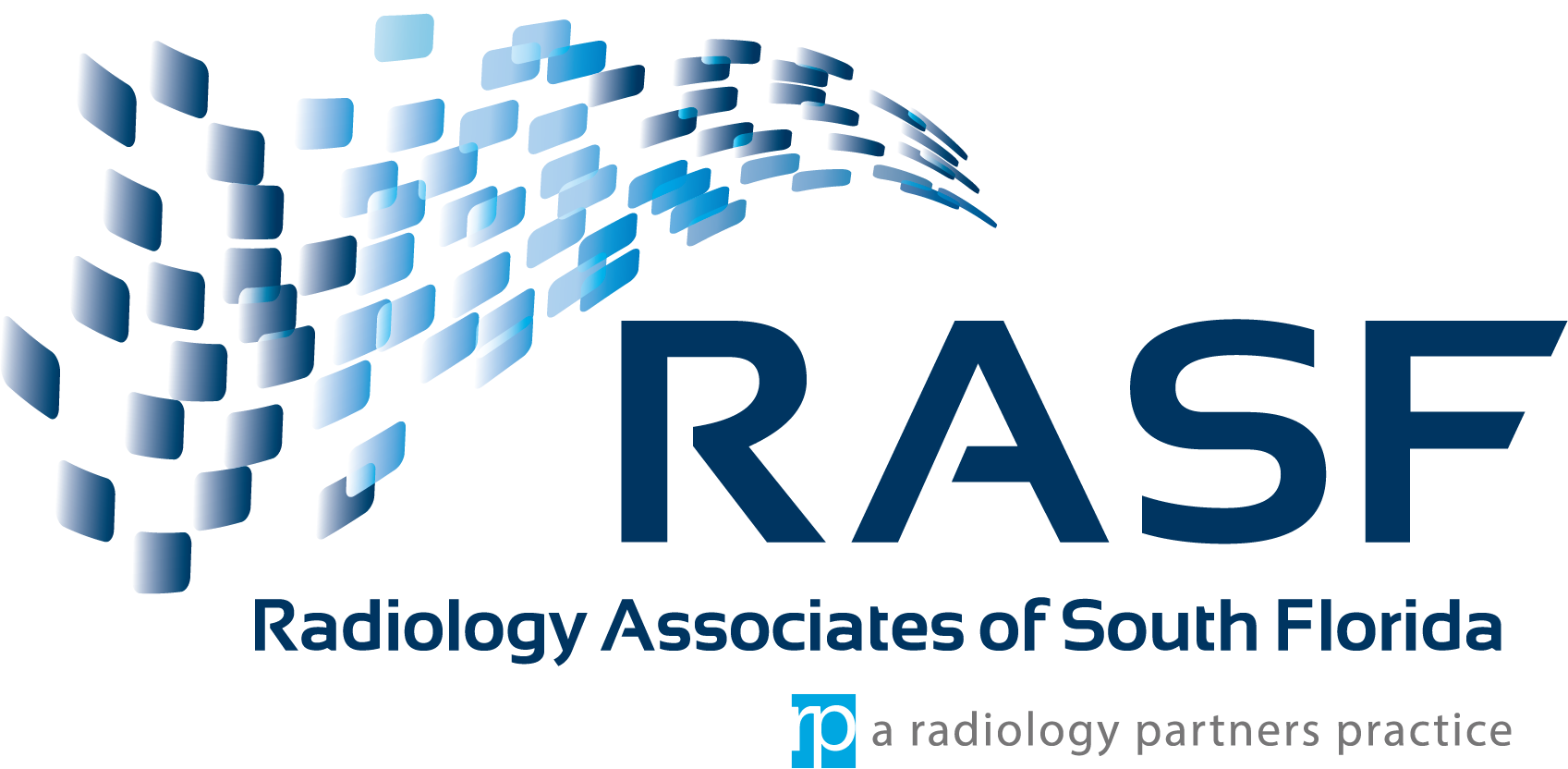MRI Magnetic Resonance Imaging
What is MRI?
Magnetic resonance imaging (MRI) uses strong magnet and radio waves to provide clear and detailed diagnostic images of internal body organs and tissues. MRI is a valuable tool for the diagnosis of a broad range of conditions, including:
- cancer
- heart and vascular disease
- stroke
- joint and musculoskeletal disorders
MRI allows evaluation of many body structures that may not be as visible with other diagnostic imaging methods, including ligaments, cartilage and nervous system tissues.
What are some common uses of MRI?
Imaging of the Central Nervous System and Spine: MRI is often used to study the brain and spinal cord. CT imaging is important to evaluate for acute changes associated with stroke and hemorrhage, however, many nervous system disease are more clearly seen with the wide variety of imaging planes and protocols used in MRI imaging. Even very small strokes and masses can be hidden on a standard CT but are clearly seen with MRI. MRI is also used to evaluate for disc herniations and masses causing pain and functional loss of the spinal cord and nerves controlling the muscles of upper and lower extremities.
What is MRI? Magnetic resonance imaging (MRI) uses strong magnet and radio waves to provide clear and detailed diagnostic images of internal body organs and tissues. MRI is a valuable tool for the diagnosis of a broad range of conditions, including: cancer heart and vascular disease stroke joint and musculoskeletal disorders MRI allows evaluation of many body structures that may not be as visible with other diagnostic imaging methods, including ligaments, cartilage and nervous system tissues. What are some common uses of MRI? Imaging of the Central Nervous System and Spine: MRI is often used to study the brain and spinal cord. CT imaging is important to evaluate for acute changes associated with stroke and hemorrhage, however, many nervous system disease are more clearly seen with the wide variety of imaging planes and protocols used in MRI imaging. Even very small strokes and masses can be hidden on a standard CT but are clearly seen with MRI. MRI is also used to evaluate for disc herniations and masses causing pain and functional loss of the spinal cord and nerves controlling the muscles of upper and lower extremities. Imaging of the Musculoskeletal System: MRI is often used to study the knee, ankle, foot, shoulder, elbow, wrist and hand. MRI is also a highly accurate method for evaluation of soft tissue structures such as tendons and ligaments, which are seen in great detail. Even subtle injuries are easily detected. In addition, MRI is used for the diagnosis of spinal problems including disc herniation, spinal stenosis and spinal tumors.
Imaging of the Heart: MRI of the heart, aorta, coronary arteries and blood vessels is a tool for diagnosing coronary artery disease and other heart problems. Doctors can examine the size and thickness of the chambers of the heart and determine the extent of damage caused by a heart attack or heart disease.
Imaging for Cancer and Functional Disorders: Organs of the chest and abdomen such as the liver, lungs, kidney and other abdominal organs can be examined in great detail with MRI. This aids in the diagnosis and evaluation of tumors and functional disorders. In the early diagnosis of breast cancer, MRI is an alternative to traditional X-ray mammography. Furthermore because there is no radiation exposure is involved, MRI is often used for examination of the male and female reproductive systems.
How should I prepare for an MRI?
Before your MRI exam, remove all accessories including hair pins, jewelry, eyeglasses, hearing aids, wigs and dentures. During the exam, these metal objects may interfere with the magnetic field, affecting the quality of the MRI images taken.
Notify your technologist if you have:
- any prosthetic joints (hip, knee)
- a heart pacemaker, defibrillator or artificial heart valve
- an intrauterine device (IUD),
- any metal plates, pins, screws or surgical staples in your body.
- tattoos and permanent make-up.
- a bullet or shrapnel in your body, or you have ever worked with metal.
- if you might be pregnant or suspect you may be pregnant.
- if you are claustrophobic. Some patients who undergo MRI in an enclosed unit may feel confined. If you are not easily reassured, a sedative may be administered.
Are there any patients that cannot have an MRI examination?
Yes, there are patients who for safety reasons cannot undergo an MRI examination. This is related to the strong magnetic field that is used to make the MRI images, and that magnetic force can cause malfunction, movement or heating of some implanted devices, including a variety of cardiac pacemakers, cochlear implants, neurostimulators and vascular stents. Please be sure to bring any documentation/product ID cards for any implantable devises that you may currently have. Our technologists, staff and radiologists are trained to provide you the best imaging service safely. Do no hesitate to call us, if you have any questions about the safety aspects of your imaging exam and how it relates to your previous surgeries.
What should I expect during this exam?
Depending on how many images are needed, the exam generally takes 15 to 45 minutes. However, very detailed studies may take longer.
You must lie down on a sliding table and be comfortably positioned. Even though the technologist must leave the room, you will be able to communicate with them at any time using an intercom. If necessary, many MRI centers allow a friend or family member to stay in the room with you during the exam. You will be asked remain still during the actual imaging process. However, between sequences, which last between 2-15 minutes, slight movement is allowed. Depending on the part of the body being examined, a contrast material may be used to enhance the visibility of certain tissues or blood vessels. A small needle is placed in your arm or hand vein and a saline solution IV drip will run through the intravenous line to prevent clotting. About two-thirds of the way through the exam, the contrast material is injected. What will I experience during an MRI? MRI is painless. Some claustrophobic patients may experience a “closed in” feeling. If this is a concern, a sedative may be administered. Also, newer open MRI machines have helped to alleviate this reaction. You will hear loud tapping or thumping during the exam. Earplugs or earphones may be provided to you by the MRI center. You may feel warmth in the area being examined. This is normal. If a contrast injection is needed, there may be some discomfort at the injection site. You may also feel a cool sensation at the site during the injection. For more information on this topic, please visit www.Radiologyinfo.org.
Web Resources Interactive Tutorial: MRI Scan Video Clip: MRI MRI: Medline Plus
Radiology Associates of South Florida is dedicated to providing a full range of high quality imaging and professional radiology services including body imaging, interventional radiology, musculoskeletal imaging, neuroradiology, pediatric imaging and vascular surgery.
Diagnostic Imaging Services
8900 N. Kendall Drive
Miami, Florida 33176

